Soil Life Summit Insights and Innovations from Industry Experts in Organic Living Soil Cultivation
Attending the Soil Life Summit in Nevada City was an amazing opportunity to learn from some of the top experts in commercial organic living soil cultivation. The event brings together notable individuals and business representatives in the industry to discuss the latest innovations and practices in organic crop production. In this article, we'll provide insights into some of the key speakers and their presentations at the Soil Life Summit. The 2 day conference was organised by Grassroots Fabric Pots and was very professional with full catering by awesome local food vendors as well as a seperate industry expo area
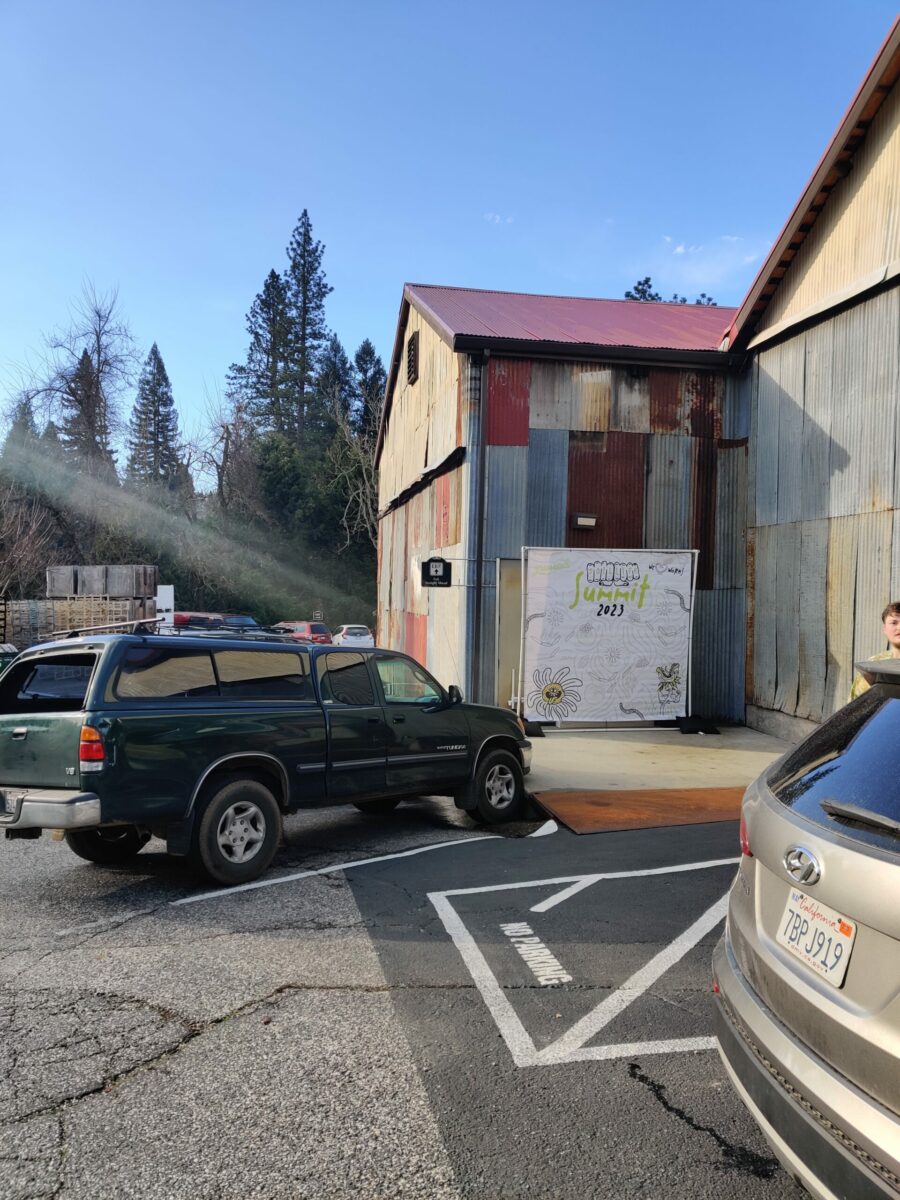
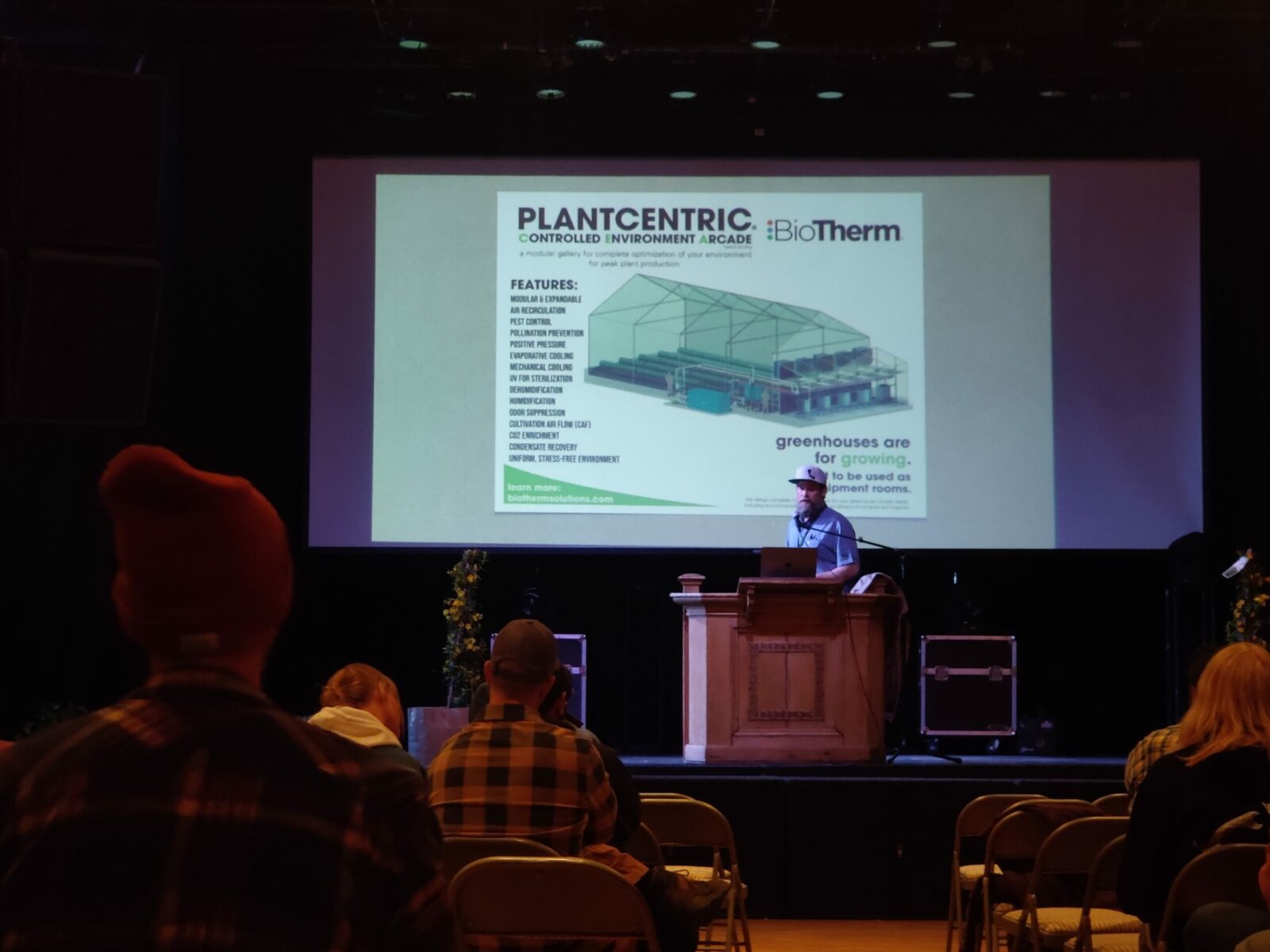
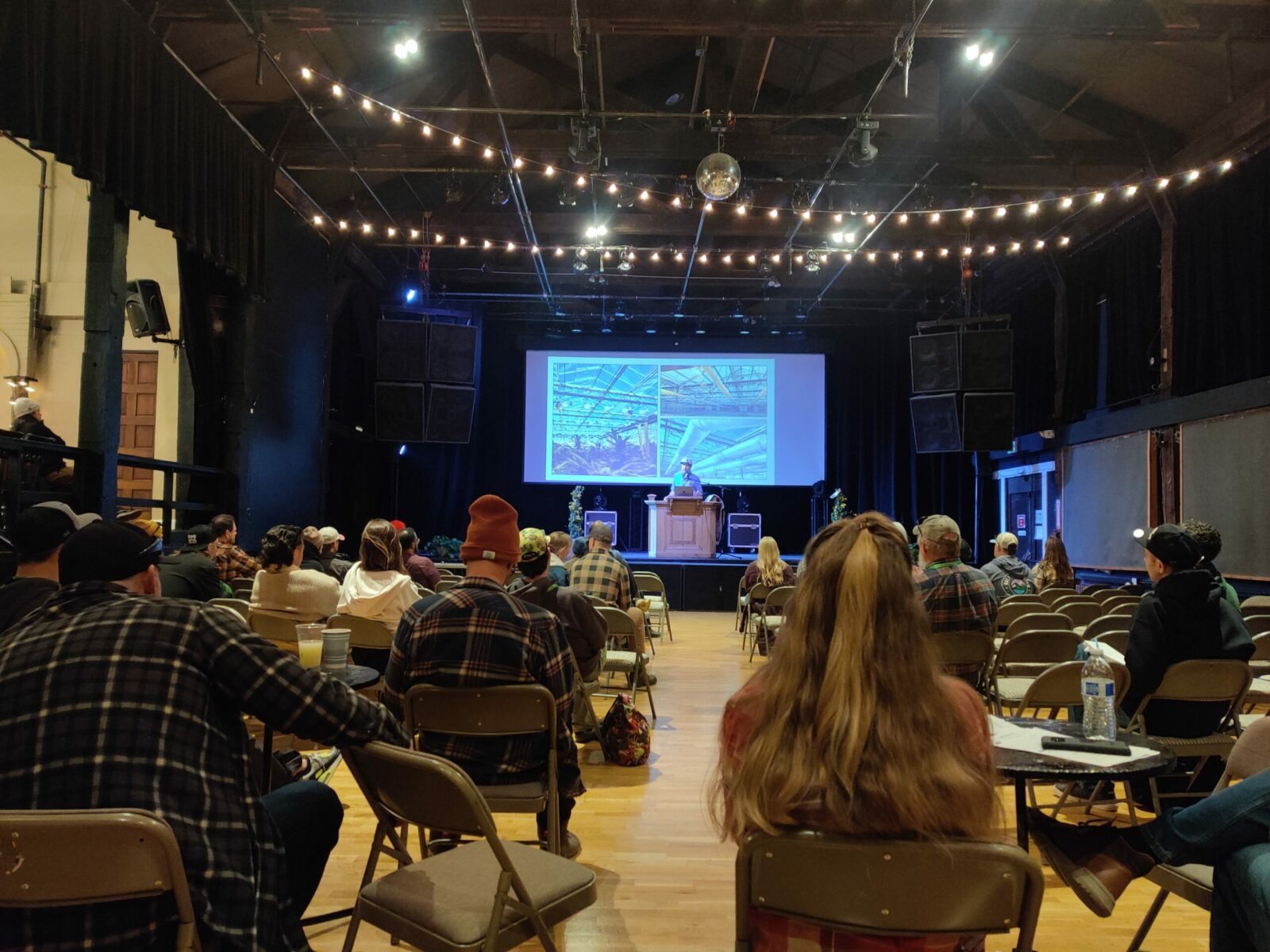
Key Speakers and Presentations: Bill McKibbon, from Logan Labs, spoke about the importance of soil testing and analysis in developing a comprehensive nutrient management plan. He emphasized the significance of understanding the specific needs of each crop and tailoring soil amendments accordingly. Bill provided an effective method for taking samples from field soil and growing media to obtain the greatest level of test accuracy.
Casey and Kisha from Catalyst Bioamendments presented innovative techniques in broad-acre application of biocomplete compost extracts. Their methods of composting and extracting the beneficial microorganisms present in the compost can be used to improve soil health and plant growth. Many large scale regenerative farmers across the USA have benefited from these biological inoculants contributing to lowered pest pressure, healthier, more resilient plants, and greatly reduced fertilizer requirements.
Scott Wall and Jenny Garley from New Age Laboratories specialize in sap testing as a tool for growers to monitor real-time plant nutrient uptake and movement. They stressed the importance of understanding how plants take up nutrients from the soil and how the plant then uses the nutrients for energy production. Using this data, nutrient uptake bottlenecks and deficiencies can be avoided by making informed nutrient application decisions before the deficiency occurs.
Michael, Izzy, and Cooper of Sustainable Village presented groundbreaking new methodology around plant and soil-driven automated irrigation. Their approach saves water, labor, and ultimately increases plant health and yield.
Tad Hussey and Ben Higgins of KIS Organics emphasized the importance of researching and testing new products before using them in a garden or farm. They also explained a high-level model of biological succession over varying timescales based on the type of species and how important it is to protect microbial populations in soil for healthy crops.
Steve Cantwell closed the event with an inspiring life story of his journey from becoming a successful MMA fighter to owning and operating a permaculture-based no-till indoor cannabis facility. The facility, Greenlife Productions, is a no-waste facility, composting all green waste and returning it to his raised beds as well as using all waste water from his dehumidifiers and air conditioning. Steve explained his application of permaculture practices in his indoor organic facility that include the use of specially selected covercrops in certain areas of his raised beds that trap pests, keeping them away from the primary crop for later removal from the operation. He’s expanded his business to start Greenlife Produce, a no-till, regenerative vegetable farm, which is also DEM Pure certified, serving his local area of Pahrump, Nevada with the highest quality, organic vegetables.
Attending the Soil Life Summit is an excellent way to learn from industry experts and gain insights into the latest practices and techniques in organic living soil cultivation. The event provides an opportunity to network with like-minded individuals and learn from the best in the business. Personally, I gained so much from spending time with experts in commercial organic crop production and have applied some of the knowledge to my growing media and methodology already. If you're interested in organic living soil cultivation, be sure to attend next year's Soil Life Summit.
Vegepod gardening with living soil
Vegepod raised garden beds and Living Soil: The ultimate compact veggie growing combo.
The popularity of home vegetable gardens continues to grow, as fresh and frozen food prices soar in Australia. With labour shortages, the rise in costs of fuel, fertilisers and freight as well as the recent floods have seen the price of fresh foods like broccoli rise by 75% between March and April.
More people have turned to growing their own where sales of vegetable seedlings increased by 30% from 2020 to 2021 across Australia. Starting a vegetable garden, no matter how big or small, is a great way to reduce reliance on food from supermarkets, improve health by getting active outdoors in the garden while consuming nutrient dense foods grown in rich, organic living soil. One of our awesome stockists, Fran's Hydroponics have curated some easy and effective vegepod raised garden bed kits to get you growing your own veggies right away.
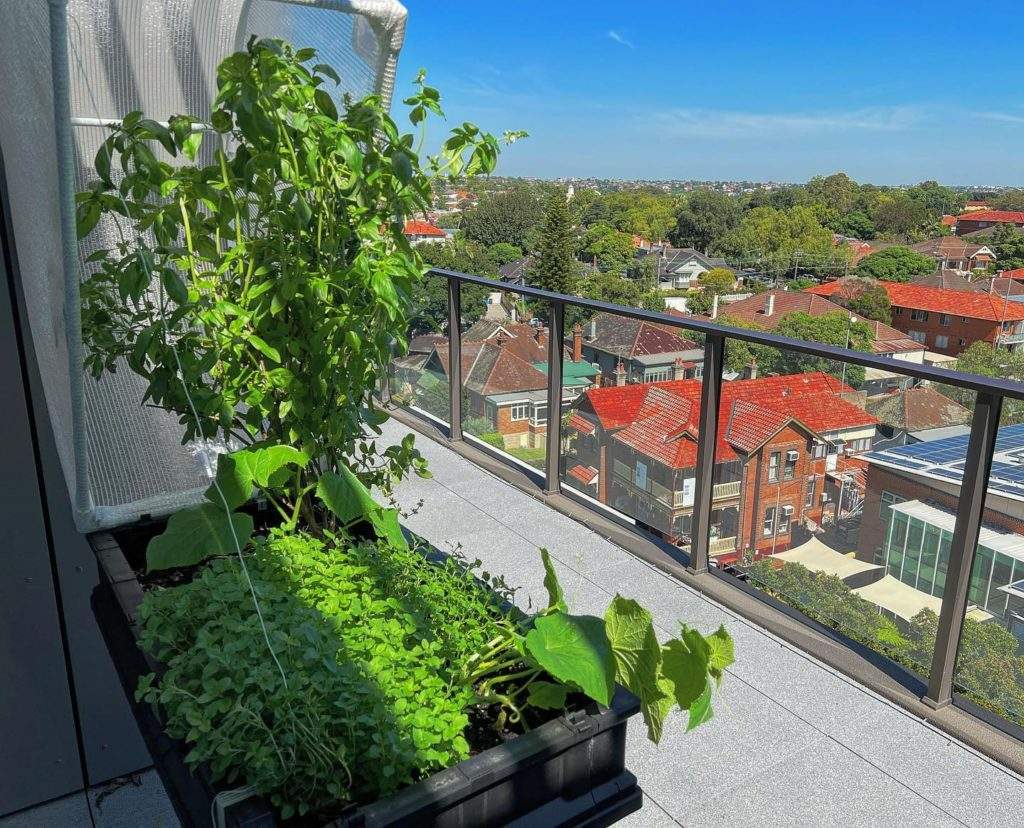
This method of vegetable growing is great for people with busy lifestyles. You don’t need much space and can easily set up on small balconies and back yards. Vegepod Australia have designed a high quality and effective sub irrigated planter system so you only need to provide the growing media, vegetable seedlings, water and sunlight.
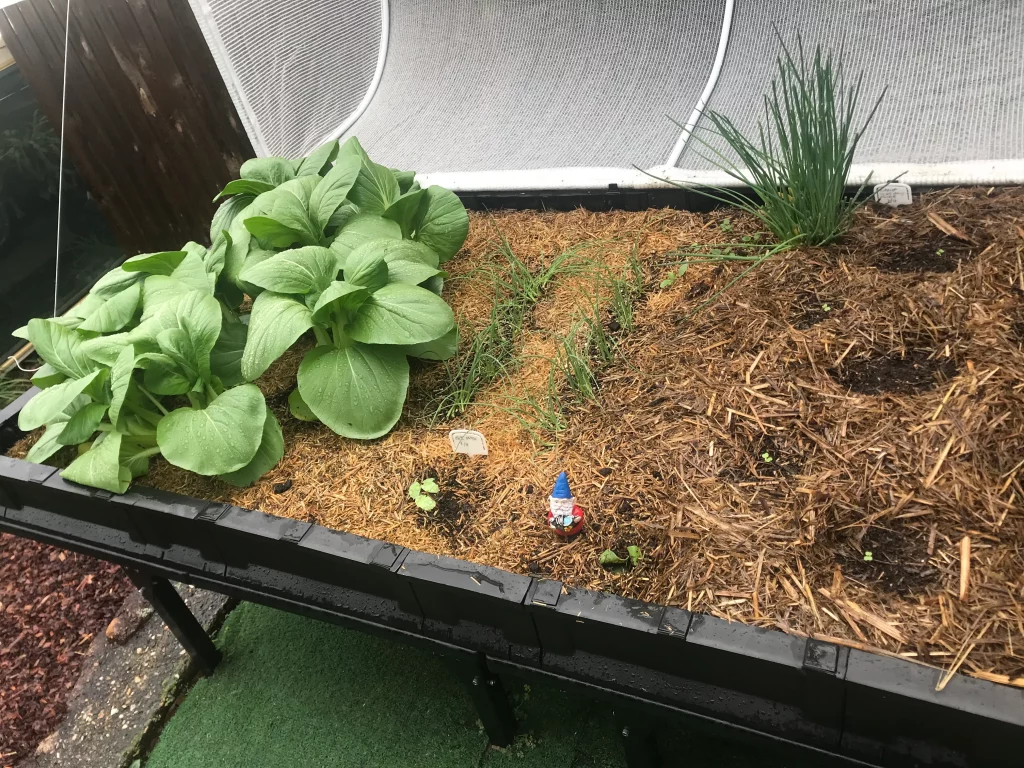
Sub irrigated planter beds only require filling a reservoir with water at the bottom of the bed. The soil will wick the water up into the root zone as it dries via capillary action. This action increases or decreases based on plant needs and environmental conditions.

Read the full article from Fran's hydroponics for a complete guide on getting the most from your small, back yard veggie garden.
Insect Frass for improving plant health.
Insect Frass, a sustainable plant nutrient product
Black soldier fly larvae frass - their solid digestate - is the only substance to contain a form of chitin that is plant available. This chitin produces antimicrobial compounds in stress conditions that act as a protective barrier. The chitin blocks pathogenic organisms and their access to mineral nutrients while blocking the release of pathogenic mycotoxins.
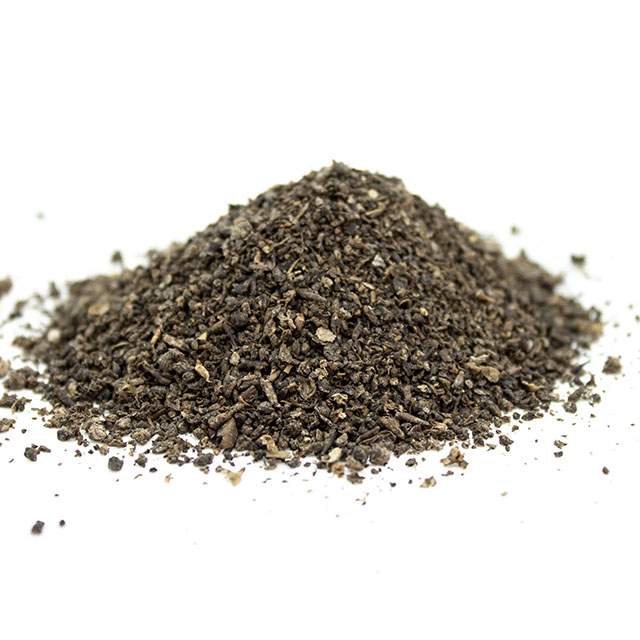
The role of biology in nutrient uptake, ecosystem biodiversity and resilience as well as plant immune response to pests and disease is becoming more studied and understood. Cultivators are looking to inputs that will support this living soil system known as the soil food web that maintains soil structure, mineralises organic nutrients into plant available form and outcompetes pests, pathogens and disease. Insect frass is an incredible organic fertiliser that not only supports and stimulates the soil food web while providing plant available mineral nutrients but also contains itself, huge levels of biology in all beneficial functional groups.
Unlike chemical N fertilisers that burn carbon into the atmosphere and pollute waterways, Insect Frass stores carbon and nitrogen directly in the soil. Frass prevents atmospheric loss of nitrogen via its bacteria. Nitrogen fixing bacteria in frass such as Bacillus and Pseudomonas fix atmospheric nitrogen while other nitrifying bacteria convert the N in soil to plant available form to optimise photosynthesis. Frass contains the biology needed to help optimise the nitrogen cycle and keep the nitrogen in the soil.
Insect frass contains very low levels of heavy metals, sodium and other chemicals which can accumulate in plant tissue and the environment as well as causing undesirable soil conditions. Frass is an excellent input to use in place of chemical or high sodium organic fertilisers not only due to the presence of all major nutrients vital for plant growth but its incredible defense properties for plants.
Rates for deficient or low fertility soils can be higher, up to 500kg per hectare (500g per square metre). Below are some best practice application rates for various growing systems and styles.
Garden beds: Spread 100 to 250g per m2 and gently incorporate into the soil before planting and again after seedlings are established. Apply mulch on top to maintain moisture.
Top dress: Sprinkle a handful around the rootzone. Water in to activate.
Fertigation/root drench: Add 2 Tbsp 9L water.
Potting soil: Apply and mix at 1.5% to 2% or 15-20mL per litre of potting media.
Hydroponics: Top dress directly to any grow media (rockwool, coco, hydroton) or add 1/2 cup per 100L of water (strain for drip systems). For best results, brew insect frass tea for 24 hours before use. Add directly to the reservoir for flood to drain systems.
To conclude, frass is a highly effective and affordable, long lasting fertiliser that will improve soil biological diversity, soil fertility, increase plant yields and defend against plant pathogens while minimising environmental impact.


